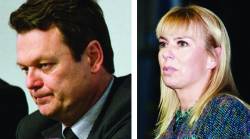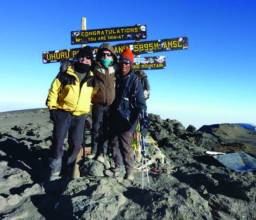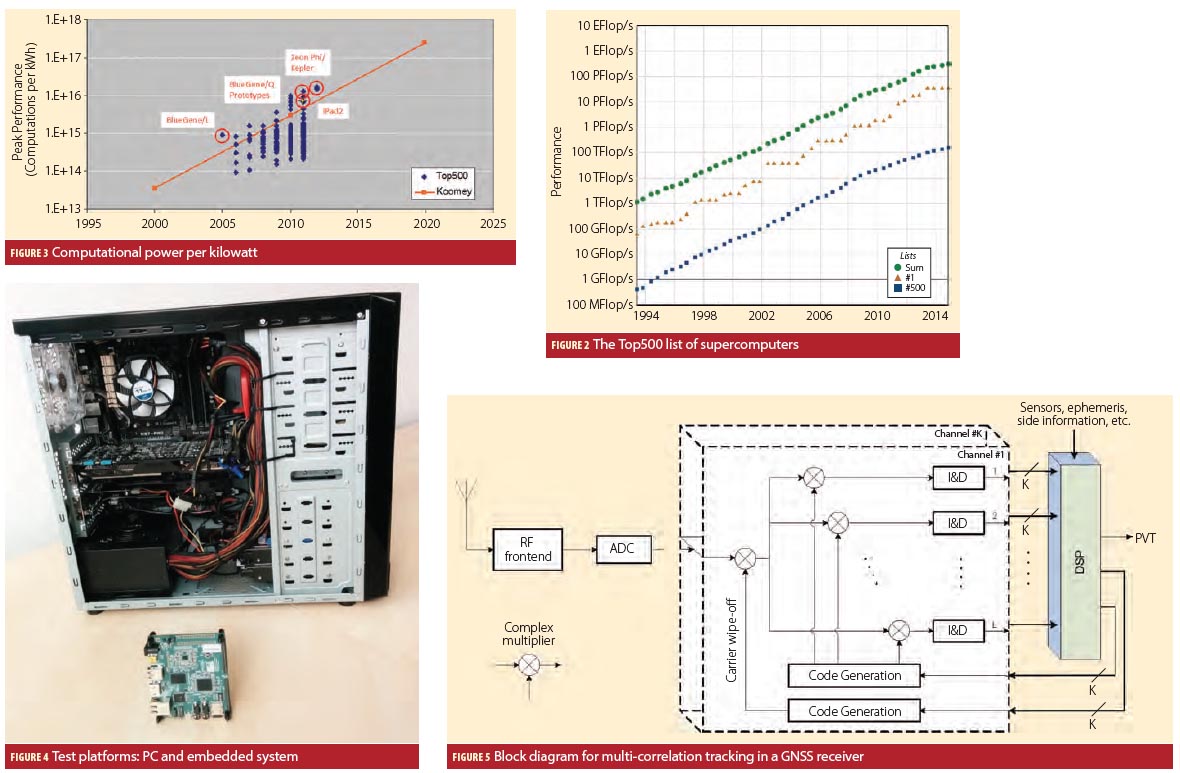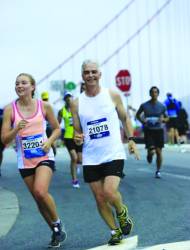Seriously Seeking a Galileo Service Operator
 Carlo des Dorides, El?bieta Bie?kowska
Carlo des Dorides, El?bieta Bie?kowskaLast January, the European GNSS Agency (GSA) announced a new invitation to tender for the role of Galileo service operator (GSOp). Speaking at the recent EU Space Policy Conference in Brussels, GSA Executive Director Carlo des Dorides called it the largest contract ever to be awarded under the Galileo program.
“It will shape the future of Galileo,” he said.
By Peter Gutierrez

























